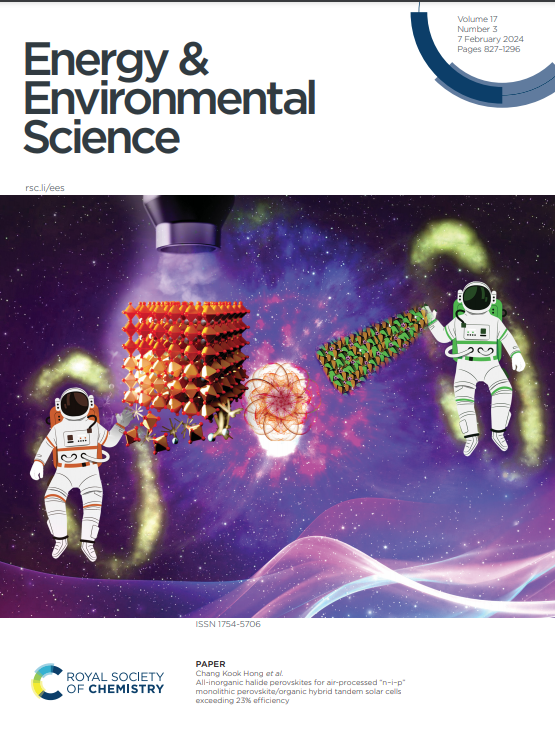Internal and External Cultivation: Unleashing the Potential of Photogenerated Carrier Dynamics Behaviors to Boost Photocatalytic CO2 Hydrogenation
IF 32.4
1区 材料科学
Q1 CHEMISTRY, MULTIDISCIPLINARY
引用次数: 0
Abstract
In heterogeneous photocatalysis, the dynamics of charge carriers holds particular significance for comprehending the underlying catalytic mechanism and designing highly efficient photocatalysts. The current technological challenge lies in how to maximize the behavior of carriers and enable them to unleash the potential in photocatalytic reaction. Herein, we present a novel Prussian blue analogue (PBA)-derived InFe-based oxide (denoted as InFe-x), which features internal Fe doping and external crystalline/amorphous heterojunction, serving as an effective photocatalyst for photocatalytic reverse water gas shift (RWGS) reaction. Experiments and theoretical simulations have confirmed that doping Fe into In2O3 can alter the electronic and energy structure and achieve the spin polarization effect, thereby enhancing the intrinsic carrier generation and separation behavior; meanwhile, the formed Fe-In2O3/Fe2O3 S-scheme heterojunction establishes an internal built-in electric field and creates a new transport pathway for photogenerated carriers, which significantly inhibit the inherent photogenerated electron-hole recombination. Therefore, this “internal and external cultivation” strategy can fundamentally optimize and maximize the behavior of charge carriers, thereby significantly enhancing the photocatalytic CO2 hydrogenation performance.求助全文
约1分钟内获得全文
求助全文
来源期刊

Energy & Environmental Science
化学-工程:化工
CiteScore
50.50
自引率
2.20%
发文量
349
审稿时长
2.2 months
期刊介绍:
Energy & Environmental Science, a peer-reviewed scientific journal, publishes original research and review articles covering interdisciplinary topics in the (bio)chemical and (bio)physical sciences, as well as chemical engineering disciplines. Published monthly by the Royal Society of Chemistry (RSC), a not-for-profit publisher, Energy & Environmental Science is recognized as a leading journal. It boasts an impressive impact factor of 8.500 as of 2009, ranking 8th among 140 journals in the category "Chemistry, Multidisciplinary," second among 71 journals in "Energy & Fuels," second among 128 journals in "Engineering, Chemical," and first among 181 scientific journals in "Environmental Sciences."
Energy & Environmental Science publishes various types of articles, including Research Papers (original scientific work), Review Articles, Perspectives, and Minireviews (feature review-type articles of broad interest), Communications (original scientific work of an urgent nature), Opinions (personal, often speculative viewpoints or hypotheses on current topics), and Analysis Articles (in-depth examination of energy-related issues).
 求助内容:
求助内容: 应助结果提醒方式:
应助结果提醒方式:


